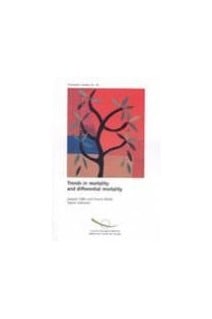The average life expectancy for Europeans has increased by 28 years in the last century, from 45 to 73 - a demographic revolution. However, while this development for Europe as a whole is both impressive and substantial, it sometimes impedes us from seeing the important differences in mortality risks still present throughout Europe today. The East/West divide is significant, with higher mortality in the East, and in some eastern European countries life expectancy is actually decreasing. Other important differences in mortality risks can be attributed to social and economic differences across and within countries, thus implying that mortality is related to social cohesion.
This study divided into two parts, examines mortality trends in the Council of Europe member states over the last 50 years.
Part one presents and analyses the trends in mortality in Europe since 1950, investigating them from the following four viewpoints: trends in life expectancy
the reduction in infant mortality




